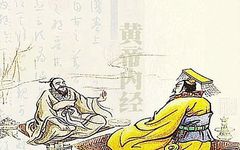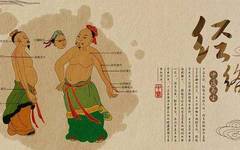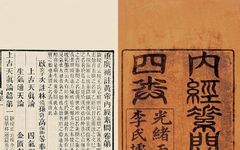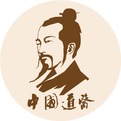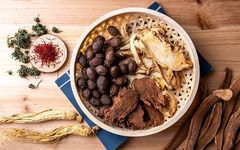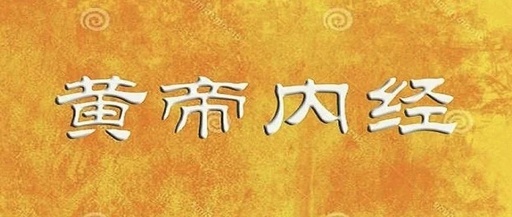Introduction to the Huangdi Neijing
Introduction to the Huangdi Neijing 1. What is the Huangdi Neijing?The “Han Shu: Yi Wen Zhi: Fang Ji Lue” records four types of TCM classics: medical texts, classic formulas, immortality texts, and sexual health texts.Among them, the medical texts include: “Huangdi Neijing” (The Yellow Emperor’s Inner Canon) with eighteen volumes, “Wai Jing” (Outer Canon) with … Read more

